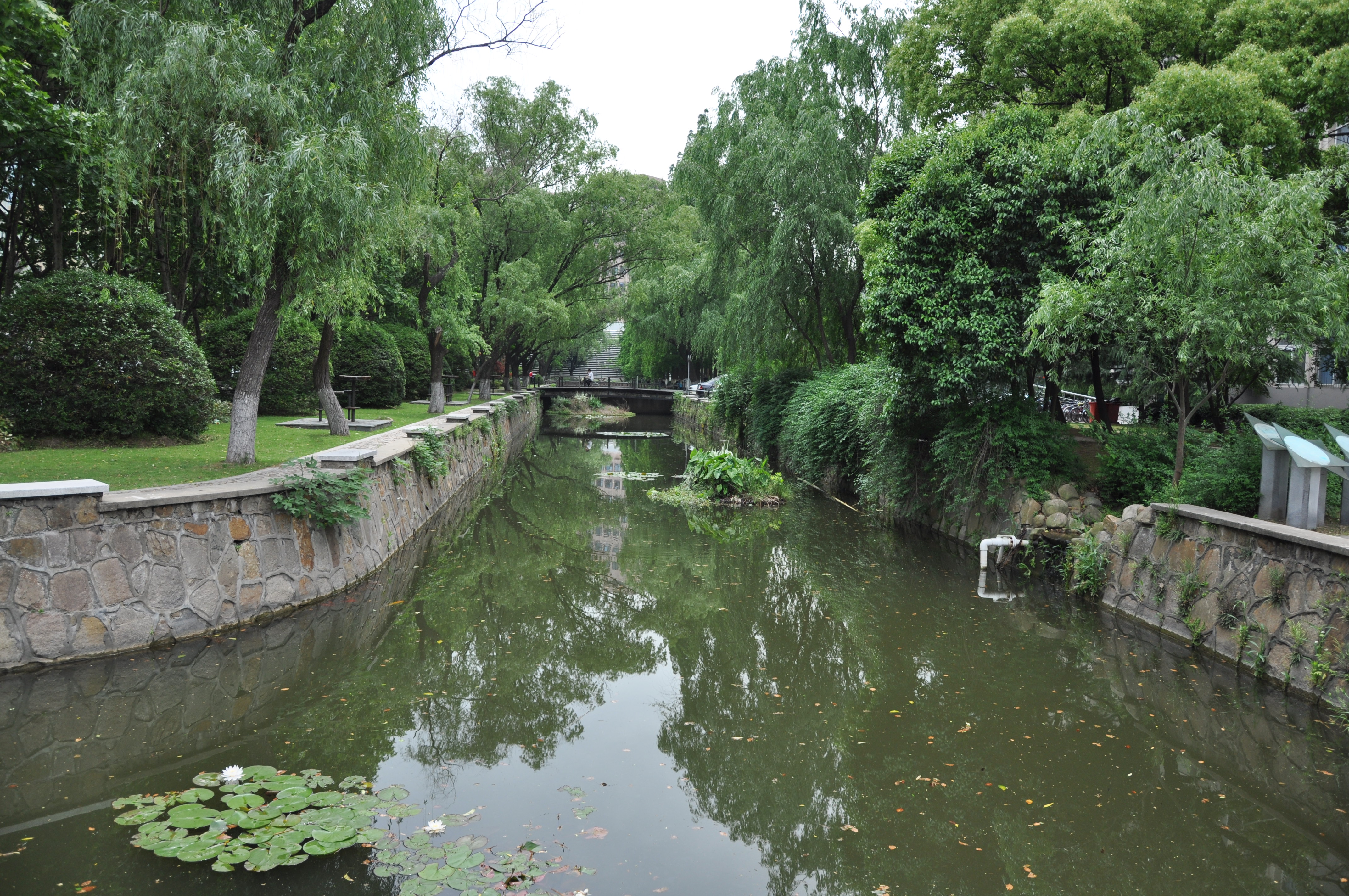Wastewater breakthroughs in China
Western countries, Australia included, could learn a great deal from the research and development into wastewater management that has taken shape in the last two years in China. Water shortages, particular in Melbourne and Adelaide, are crying out for decentralised solutions; solutions that transcend government initiatives to build desalination plants and reduce water consumption to 155L per day.
If engineering solutions can be found to reuse gray and black water rather than lose it to drainage, there is a great opportunity to reduce the consumption of primary potable water.
At Tongji University, Professor Xia has found such a solution. Walking around the grounds of the university, it is clear that the professor’s water treatment technology is having a positive effect. On our half hour tour, it was evident that pond life was thriving, the gardens were a luscious green not seen in Melbourne for some time and the treatment facility had been fully embraced by a student population that was once sceptical.
Professor Xia has created a small scale toilet-to-tap treatment plant on the Tongji University campus. The plant turns wastewater from the College of Environmental Science and Engineering’s laboratory into pure potable water. This water is used for a number of purposes around campus, including scientific procedures and irrigation of the surrounding landscape.
The professor says the water is so clean it can be used for carbon-chip washing or kidney dialysis.
When Connection Magazines first spoke with Professor Xia in 2008, the technology met with reluctance, in particular by those who were sceptical about the purity of the water. Two years later, the technology is ready for widespread use; once the Shanghai World Expo closes its doors in late 2010, the technology will be turned on to meet the water requirements in this vast area.
“After the Expo, the system will be able to run forever and will be used to flush toilets and keep the grass green,” Professor Xia says.
Trials at the university began in 2006 and were conducted for over three years. The result is that this learning institution has a fully integrated treatment system. It is the only system in the world that uses membrane bioreactor technology for its Green Campus. This means that membrane technology and traditional biological treatment with bacteria is used to remove nutrients. Pollen, colloids, silt, bacteria, protozoa cysts and large viruses are then filtered out by the membrane component.
Much of the water dispensed from the membrane bioreactor is disinfected and reused as graywater in the lab building toilets and for landscaping. The remaining water is treated with reverse osmosis and ion exchange, resulting in pure water that exceeds government drinking standards
On our tour of the campus, Professor Xia showed us one section of the treatment plant where algae are removed from the water (see photographs). The resulting purity of the water indicates that this technology could have far reaching effects in water conservation if private enterprise across the globe adopts similar strategies and technologies.
“The small scale treatment plant (400L per day) is easy to assemble and treatment plants could be quickly replicated in water-stressed regions,” Professor Xia says. “A 10,000L per day facility could be delivered for less than $14,000.”
Treatment technology also takes in reclamation from the shower facilities on campus, which is used to irrigate the surrounding university gardens. The shower facility project allows heat, captured directly from the shower water, to be recycled. Copper coiled pipes are placed inside the wastewater tank collecting the used shower water. Tap water then flows through the coils to capture the retained heat from the water. The total area of the copper coiled pipes is approximately 6m².
The temperature of the wastewater filling the tank is usually around 30°C. Once the tap water has flowed through the copper pipes its temperature is increased to between four and 11°C. The retained heat increases the heat of about 70 tonnes of tap water by about 8°C per day, which reduces the energy required to heat the shower water to the temperature needed for showering.
In effect, the captured heat supplements the heating process for the fresh tap water. This is equivalent to 20-28kg of gasoline per day, meaning that the method allows seven tonnes of gasoline to be saved every year.
“We are trying to find ways to improve energy and water efficiency, both of which will become very important for China, and the world, in the future,” Professor Xia says.
Professor Xia has also been funded by the government under the National High Technology Research and Development Program. This program was approved in March 1986. Its objective was to develop frontier high technology to narrow the gap between China and developed countries. The program lists biotechnology as one of seven targeted areas and is China’s biggest S&T development program.
The funding, due to come into effect in 2012 will allow Professor Xia to develop a new membrane technology and facility to work in combination with the existing model. It will mean a complete wastewater treatment facility that includes the conversion of effluent and treats 30,000 cubic metres per day.
The project will also see technology use move beyond the university and expo site and into some provinces of China.
Professor Xia has built some exciting new technologies to combat growing population and water management problems.
His technology is simple, inexpensive and should be considered by private enterprise as not only a profit making venture, but something that has long-lasting positive impact on the environment. Australia, and other Western countries, experiencing similar problems, would do well to heed the Professor’s simple message.

